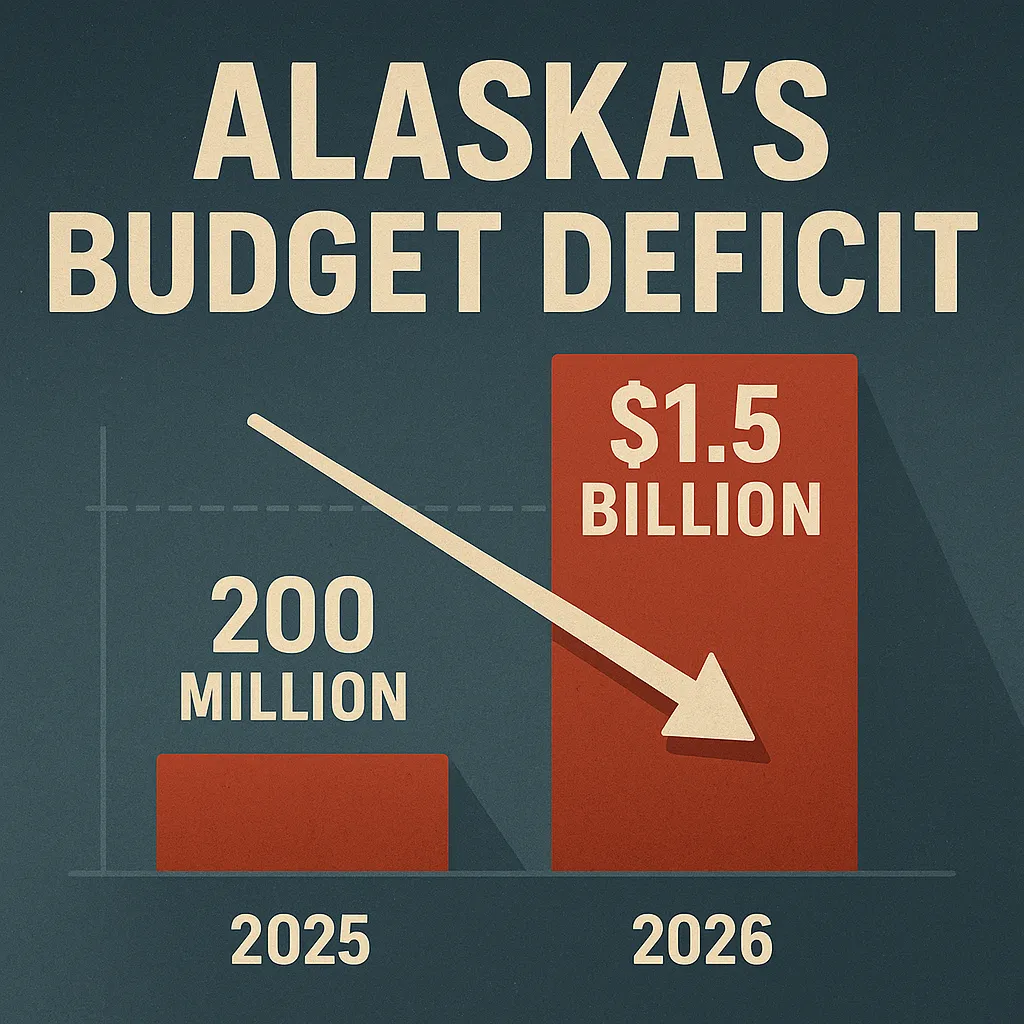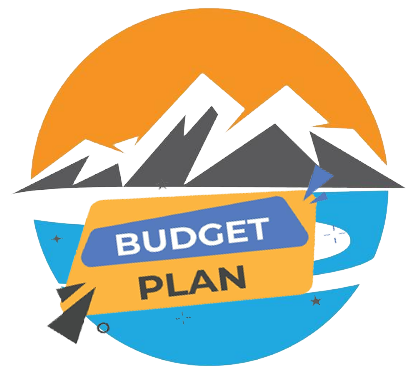Alaska’s Budget Deficit: Breaking Down the Crisis

Alaska is staring down a deepening budget gap. For fiscal year 2025, the state is looking at a $200 million deficit. By 2026, that hole could balloon past $1.5 billion. While oil revenue bumps and federal aid have created short-term relief, the long-term problems haven’t gone away. Underneath the surface lies a structural imbalance — one that’s been ignored for too long. So what’s really driving this crisis? What are the common misconceptions? And what happens if nothing changes?
Main Causes Behind the Budget Deficit
Alaska’s budget issues aren’t just a matter of bad luck. They stem from long-term dependencies and spending patterns that no longer match the economic reality. Let’s unpack the two biggest culprits.
Dependence on Oil Revenue
Oil remains Alaska’s financial backbone. Roughly 40% of the state’s entire budget depends on oil income. The problem? It’s unpredictable. For every $1 drop in oil prices, the state loses an estimated $35–40 million. That’s a massive hit for a single dollar shift. With global markets fluctuating and fossil fuel demand evolving, basing the budget on oil is like betting your paycheck on the stock market.
Rising Costs of Social Programs
Healthcare, education, and welfare aren’t getting cheaper. Alaska has seen costs for Medicaid and other public services rise sharply, while federal contributions shrink. When federal funding for programs like Medicaid dips, the state has to make up the difference. That’s pushed spending higher without a corresponding increase in revenue. The result? A widening gap between what the government wants to fund — and what it can actually afford.
Popular Myths About the Deficit
Budget crises always come with oversimplified solutions. In Alaska’s case, a few myths keep popping up — but they don’t hold up under scrutiny.
Myth 1: Just Cut the Dividends
Some argue that cutting the Permanent Fund Dividend (PFD) would fix everything. Sure, it might shave off a portion of the deficit, but it’s a temporary patch. More importantly, dividends are a vital source of income for many Alaskans — especially those in rural communities. Reducing or eliminating them would hit those residents the hardest, without addressing the core issue: a budget model built on volatile income.
Myth 2: Raise Taxes and the Problem Disappears
Sounds simple — just tax more. But Alaska is one of the few states without a personal income or statewide sales tax. Introducing new taxes would be a political minefield, and any such move would face serious opposition. There’s also the risk of slowing down economic activity or driving residents and businesses out of the state. In short: taxes might be part of the solution, but they’re not a silver bullet.
The Real-World Impact of Budget Shortfalls
So what happens when a state runs out of money? It’s not just numbers on a spreadsheet — people feel it in their daily lives.
- Education gets hit first. Schools are already facing budget tightening. Larger class sizes, fewer programs, and strained resources are becoming the norm.
- Healthcare access declines, especially in rural areas. Budget cuts can lead to closures of clinics and hospitals, forcing residents to travel further for basic care — or go without.
- Savings get drained. Alaska continues dipping into its reserve funds to fill the gap. That’s like covering rent with your emergency savings — it works for a while, but eventually, you run dry.
These consequences don’t just affect the poor or unemployed. They ripple across the entire state, touching everyone from teachers to small business owners.
Where Do We Go from Here?
There’s no easy fix. But Alaska has options — and each comes with trade-offs. Below is a look at the main paths forward.
| Scenario | Description | Likely Consequences |
|---|---|---|
| Status Quo | Continue current policies | Larger deficits, more service cuts |
| Spending Reductions | Cut funding for programs | Public backlash, increased inequality |
| New Taxes Introduced | Personal income or sales taxes | Political resistance, possible outmigration |
| Economic Diversification | Invest in other industries beyond oil | Long-term growth, high upfront investment required |
Alaska’s best bet may lie in diversification — building up industries like renewable energy, tourism, or tech. It’s a slower path, but one that could make the state more resilient in the future.
